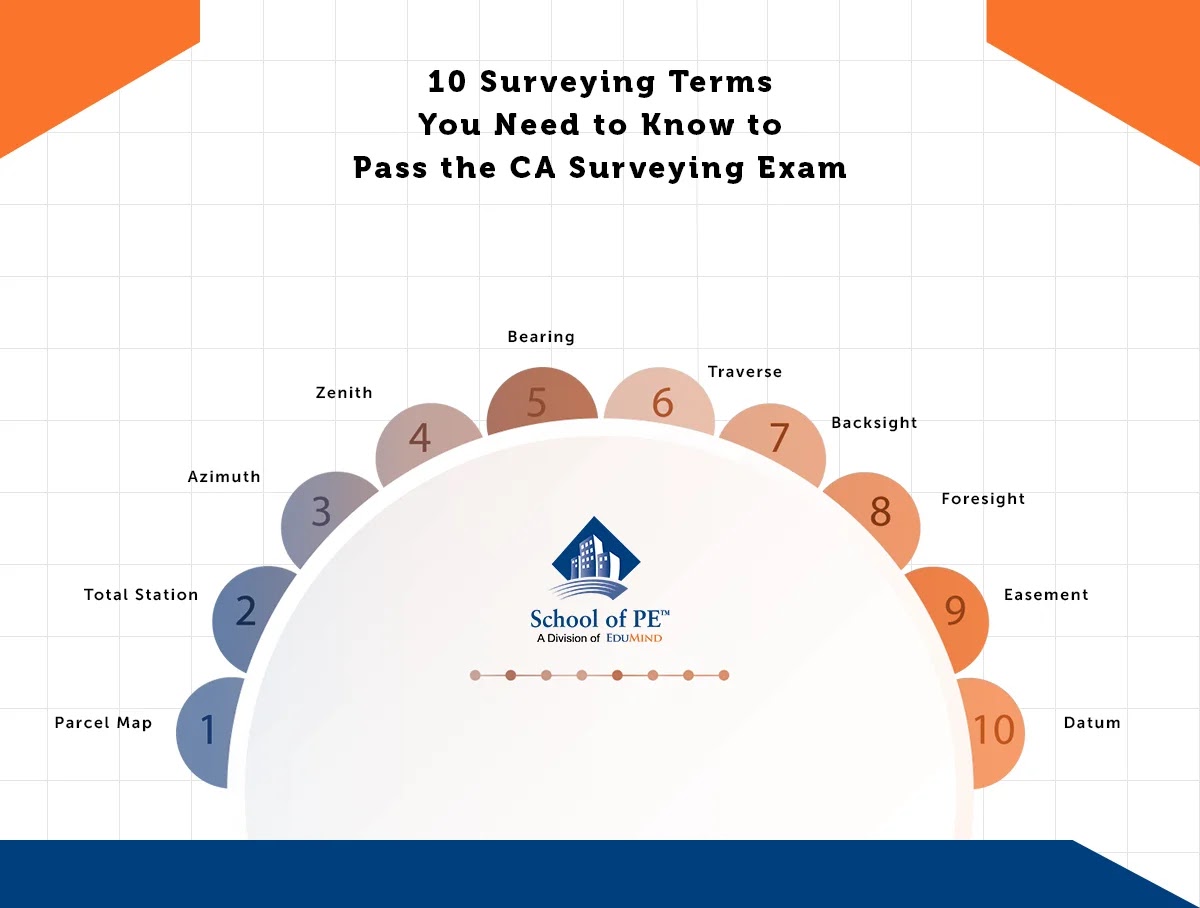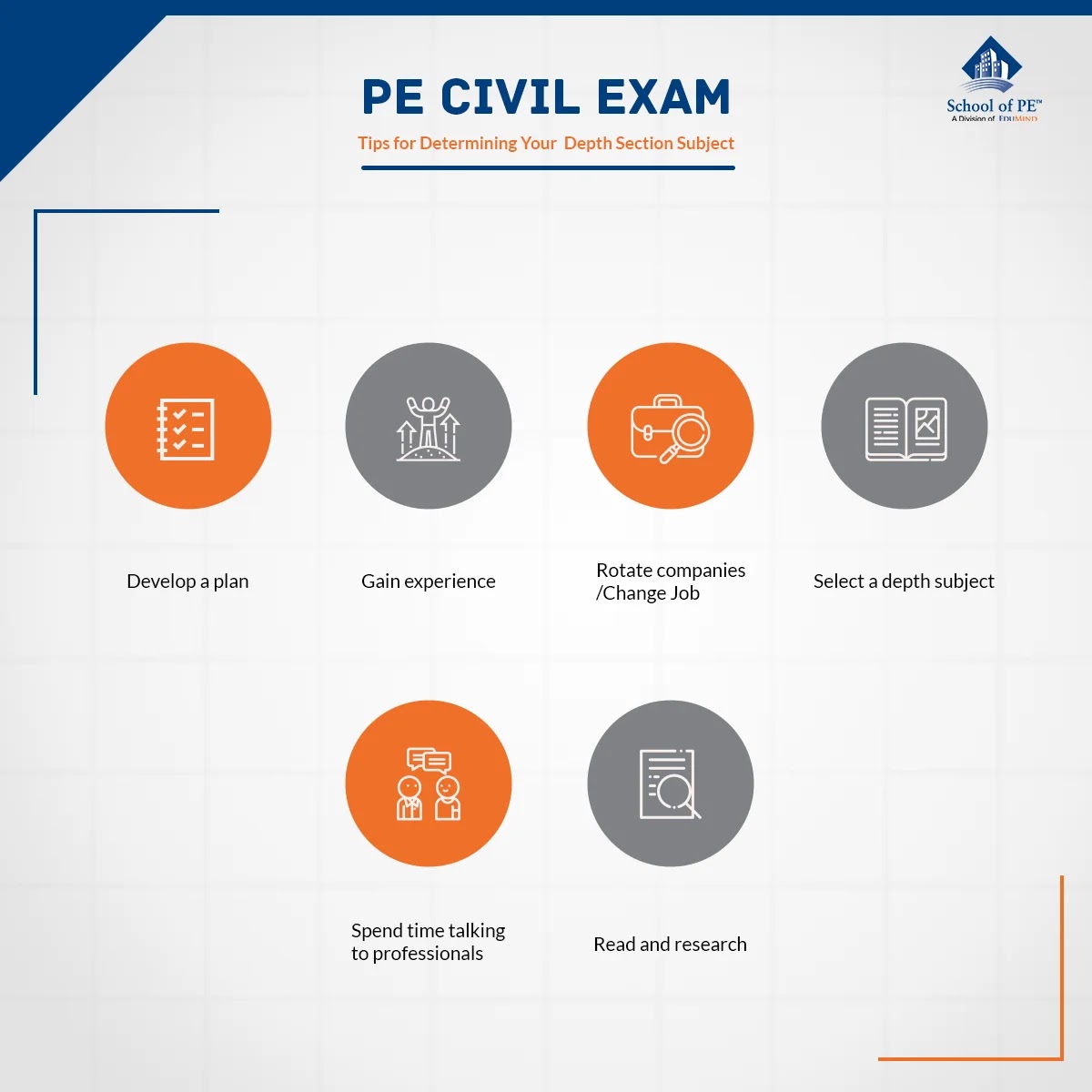
Thursday, 22 October 2020
Introducing the Reimagined Study Hub from School of PE

Monday, 19 October 2020
10 Surveying Terms You Need to Know to Pass the CA Surveying Exam

Monday, 12 October 2020
PE Civil Exam: Tips for Determining Your Depth Section Subject

Sidney May is a multi-state licensed Civil Engineer with over 15 years of work experience in Civil and Environmental Engineering. She holds a B.S. in Civil Engineering. Her expertise includes public works processes; managing capital improvements projects; developing project scopes and budgets; preparing design drawings; developing project specifications; and managing construction projects. Sidney develops course content; teaches refresher courses; and has co-authored the Civil Exam Transportation Depth Review Guide for the School of PE. Her civic duties include volunteering with S.T.E.A.M programs; serving as a professional mentor for the University of Alabama civil engineering students; and serving in leadership roles within the ASCE.
Tuesday, 6 October 2020
Six Tips to Pass the Civil PE Exam Breadth Section

Sidney May is a multi-state licensed Civil Engineer with over 15 years of work experience in Civil and Environmental Engineering. She holds a B.S. in Civil Engineering. Her expertise includes public works processes; managing capital improvements projects; developing project scopes and budgets; preparing design drawings; developing project specifications; and managing construction projects. Sidney develops course content; teaches refresher courses; and has co-authored the Civil Exam Transportation Depth Review Guide for the School of PE. Her civic duties include volunteering with S.T.E.A.M programs; serving as a professional mentor for the University of Alabama civil engineering students; and serving in leadership roles within the ASCE.